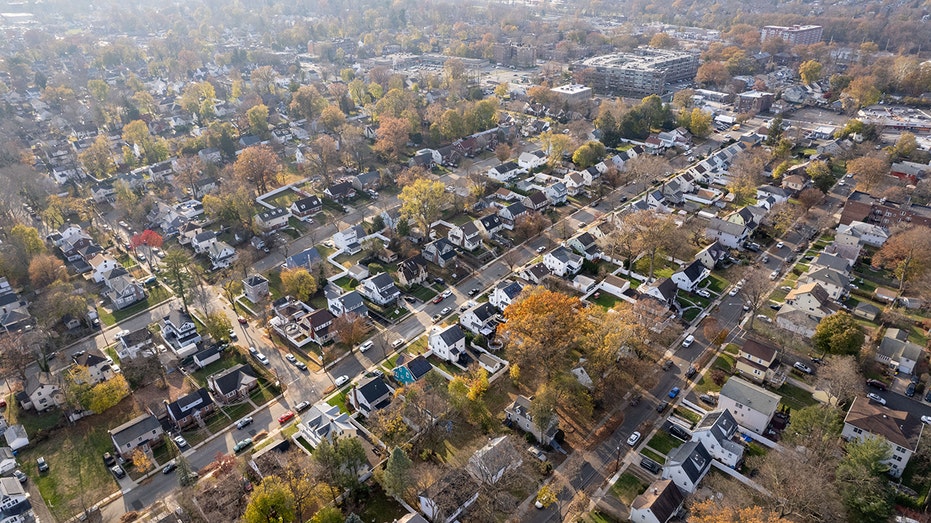Existing home sales unexpectedly fall in January for 12th straight month
US economy in a ‘unique period’ for housing sector: Michael Kantrowitz
Piper Sandler chief investment strategist Michael Kantrowitz shares his 2023 market outlook ahead of the January inflation data after futures data signals a continued rally.
U.S. existing home sales slowed for the 12th consecutive month in January as high mortgage rates, surging inflation and steep home prices sapped consumer demand from the housing market.
Sales of previously owned homes tumbled 0.7% in January from the prior month to an annual rate of 4 million units, according to new data released Tuesday by the National Association of Realtors (NAR). On an annual basis, existing home sales are down 36.9% when compared with January 2021.
It is the slowest pace since November 2010, when the U.S. was still in the throes of the housing crisis triggered by subprime mortgage defaults.
WHEN WILL US HOME PRICES FINALLY STOP DROPPING?
Residential homes in Teaneck, New Jersey, US, on Thursday, Nov. 24, 2022. (Photographer: Yuvraj Khanna/Bloomberg via Getty Images / Getty Images) "Home sales are bottoming out," Lawrence Yun, the chief economist at NAR, said in a statement. "Prices vary depending on a market’s affordability, with lower-priced regions witnessing modest growth and more expensive regions experiencing declines." There were about 980,000 homes for sale at the end of January, according to the report, an increase of 2.1% from December and up about 15.3% from one year ago. Homes sold on average in just 26 days, unchanged from December and up from 19 days one year ago. Before the pandemic, homes typically sat on the market for about a month before being sold. At the current pace of sales, it would take roughly 2.9 months to exhaust the inventory of existing homes. Experts view a pace of six to seven months as a healthy level. "Sellers remain reticent to jump into the down market with new listings so far in 2023 running behind 2022 and 2021," said Ben Ayers, Nationwide senior economist. "The vast majority of homeowners have a mortgage rate below 4%, making a swap to current rates a tough pill to swallow. As such, the supply of existing homes on the market remains near historic lows, further limiting transactions across the market." At the current pace of sales, it would take roughly 2.9 months to exhaust the inventory of existing homes. Experts view a pace of six to seven months as a healthy level. (Jeremy Erickson/Bloomberg via Getty Images / Getty Images) The interest rate-sensitive housing market has borne the brunt of the Federal Reserve's aggressive campaign to tighten policy and slow the economy. Policymakers already lifted the benchmark federal funds rate eight consecutive times and have signaled they plan to continue raising rates higher this year as they try to crush inflation that is still running abnormally high. Although mortgage rates have fallen from a peak of 7.08% notched in November, they have recently reversed that trend and started to march higher amid rate-hike fears. The average rate for a 30-year fixed mortgage climbed to 6.32% this week, according to data from mortgage lender Freddie Mac. That remains significantly higher than just one year ago, when rates hovered around 3.92%. Even with higher interest rates putting homeownership out of reach for millions of Americans, prices are still steeper than just one year ago. The median price of an existing home sold in January was $359,000, an increase of 1.3% from the same time a year ago. This marks the 131th consecutive month of year-over-year home price increases, the longest-running streak on record. GET FOX BUSINESS ON THE GO BY CLICKING HERE Prices, however, have moderated slightly after peaking at a high of $413,800 in June. Source: Read Full Article


